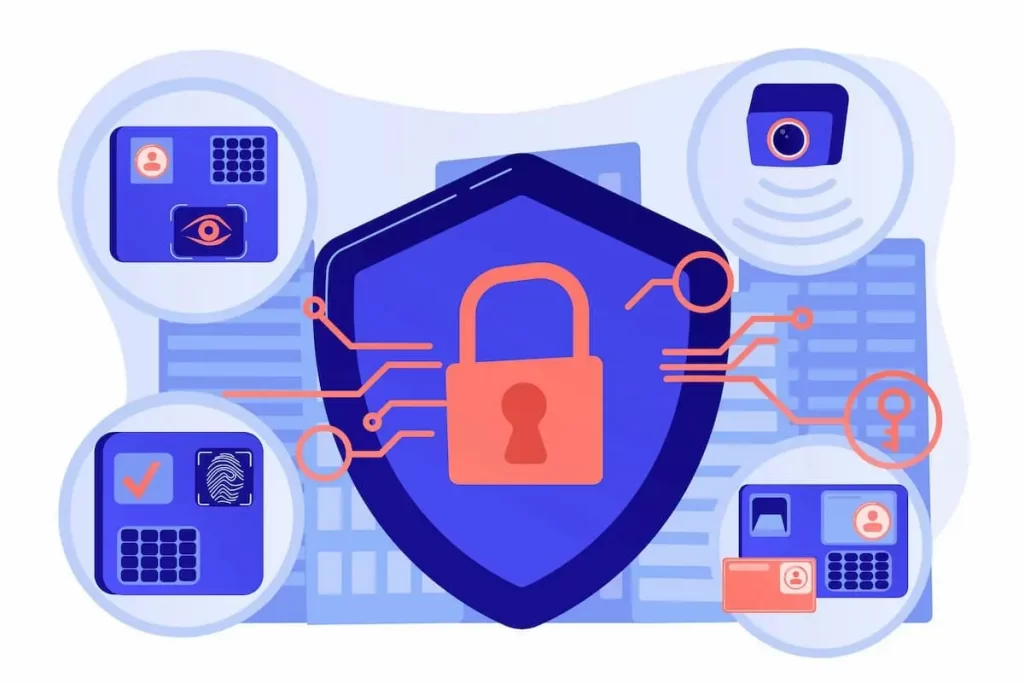Crypto wallets provide users access to their cryptocurrency holdings via private keys stored within. Securing the wallet is paramount as hackers and cybercriminals use various digital attack vectors to siphon off funds from users.
Most wallets generate a twelve-word mnemonic seed phrase to enable recovery if the device is lost or stolen, yet these phrases are often left exposed and could become vulnerable to hackers.
Malware Attacks
As crypto wallets are digital, they present themselves to many forms of cyber attacks. Phishing attacks that pose as wallet apps or websites can result in malicious code being installed onto devices running them – potentially leading to private key theft and providing unauthorised access.
Attackers may utilize third-party services and APIs utilized by wallet apps as entryways into wallets for illegal access. Implementing security best practices into these third-party relationships will reduce risks to wallets.
An emerging wallet security trend involves conducting regular and comprehensive security audits. This practice allows developers to detect vulnerabilities early and mitigate them before hackers exploit them for gainful gain. Furthermore, regular audits help create a stronger security posture that builds user trust – all essential qualities in helping wallets gain widespread adoption within digital finance landscape.
Phishing Attacks
Cryptocurrency has proven itself as a formidable force in the banking industry, upending established ideas about money while opening new avenues of international trade. But, alongside this exciting advancement are serious cybersecurity risks for cryptocurrency wallet users.
Hackers have increasingly turned to phishing techniques in order to steal sensitive information such as passwords and crypto wallet seed phrases from cryptocurrency exchange users, leading them to lose valuable assets. As more cryptocurrency exchange hacks occur, the importance of adopting stringent security measures and adhering to best practices becomes clear.
Data encryption applications and backup drives can help keep crypto wallets secure, but users need to understand the threats that could compromise them and take measures themselves to defend themselves. Educating them on potential threats that threaten wallet security can encourage them to take proactive measures and safeguard themselves.
Brute Force Attacks
Cryptocurrencies have attracted the interest of cybercriminals. Attackers have developed methods to breach security measures on cryptocurrency wallets and steal users’ funds.
A brute force attack aims to guess a user’s private key or password and gain entry to their wallet and steal funds, often without detection or mitigation measures in place. Multi-factor authentication (2FA) devices such as wallet managers can reduce this type of threat.
Hardware wallets are an effective tool for protecting cryptocurrency assets, as they encrypt private keys in a safe hardware device that’s inaccessible to hackers. Furthermore, these devices offer features such as the ability to sign transactions without powering on, eliminating hacking techniques like keypress logging or recording screen captures. Multi-signature and threshold cryptography wallets further decrease theft risks by requiring multiple private keys in order to authorize transactions; regularly scheduled security audits and software updates also enhance wallet security.
Loss of Access
Many cryptocurrency wallets require users to have a physical device for storage of private keys, giving users control over their assets but increasing the attack surface and risk of theft. Malware attacks pose the greatest danger, including keyloggers or Trojans which monitor keyboard input, or phishing scams which lure people onto malicious websites.
Hackers have access to hackers can gain entry to wallets using tools such as password crackers or brute force attacks, making it important to use secure hardware wallets with robust security practices in place.
Implementing best practices such as remote wipe capabilities, biometric security and access controls can greatly decrease risks to wallets. Also important is using cryptographic methods for secure transactions and exchanges such as E2EE encryption standards or using mnemonic seed phrases to generate and store backup copies of wallets securely.




